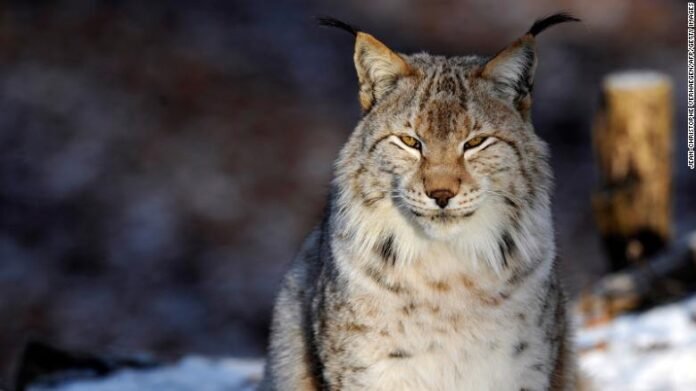What do North Carolina’s red wolves, the Eurasian beaver and Przewalski’s horse have in common?All of them went extinct in the wild — and all of them came back, thanks to reintroduction programs.Conservation scientists use translocation and captive breeding to re-establish animal populations that have died out in the wild — either entirely or in certain areas.
Reintroducing extinct-in-the-wild animals to their native territories can be a double win: helping to restore degraded ecosystems, as well as increasing population numbers.But setting a species loose in the wild is a precarious balancing act.
Reintroductions often take years and involve multiple phases, says Natasha Robinson, an ecologist at the Australian National University who specializes in threatened wildlife.
Before bringing back a species, conservationists have to evaluate the threat level — both to and from the animal — and the role it played in the ecosystem, says Robinson. In places where wild populations have died out more recently, there’s a better chance of success, she says.
“The less time that has passed, the more likely that environment is the same as when the species went extinct,” she says. “But you still need to address the reason why it went extinct in that environment to begin with.”
Reintroduced animals can have a positive impact on the landscape, but how fast this happens depends on the type of animal and how damaged the environment is.
Herbivores can make a significant change relatively quickly, says Robinson: for example, bandicoots, a small shrew-like marsupial, dig and redistribute flammable “fuel loads” like dry leaves which can reduce the risk of bushfires, as well as increasing soil turnover and improving seedling growth.
Hunted for its meat, hide and horns, the Arabian oryx disappeared from the wild in the 1970s but has since been reintroduced in Israel, Oman, Saudi Arabia, Jordan and the United Arab Emirates.Predators tend to be reintroduced slowly and carefully.
While they can be useful for managing pest species, conservationists have to ensure they don’t overhunt or threaten other vulnerable animals, says Robinson.


































